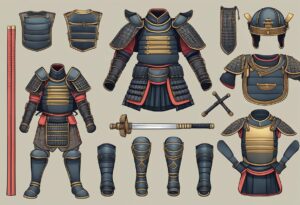Our imagination runs wild whenever we think of dragons.
We imagine massive, fire-breathing creatures that fly and live in mountain caves appearing once in a blue moon to cause havoc.
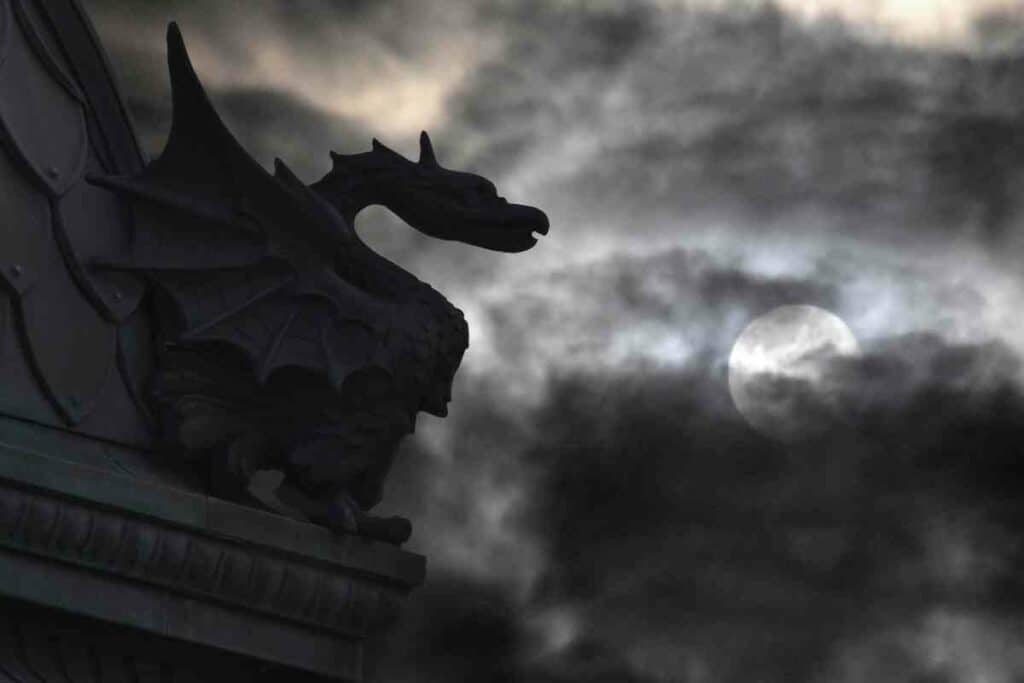
But, on the contrary, Japanese dragons are mythological creatures symbolizing determination, vigor, and enchantment.
Read on to understand all there is to know about the famous Japanese dragons of all time.
Table of Contents
The symbolism of Japanese dragons
Unlike the dragons we envision that symbolize energy and materialism, Japanese dragons are associated with guardian wisdom and power.
They protect people who believe in them from natural disasters and provide wisdom to those who gratify them.
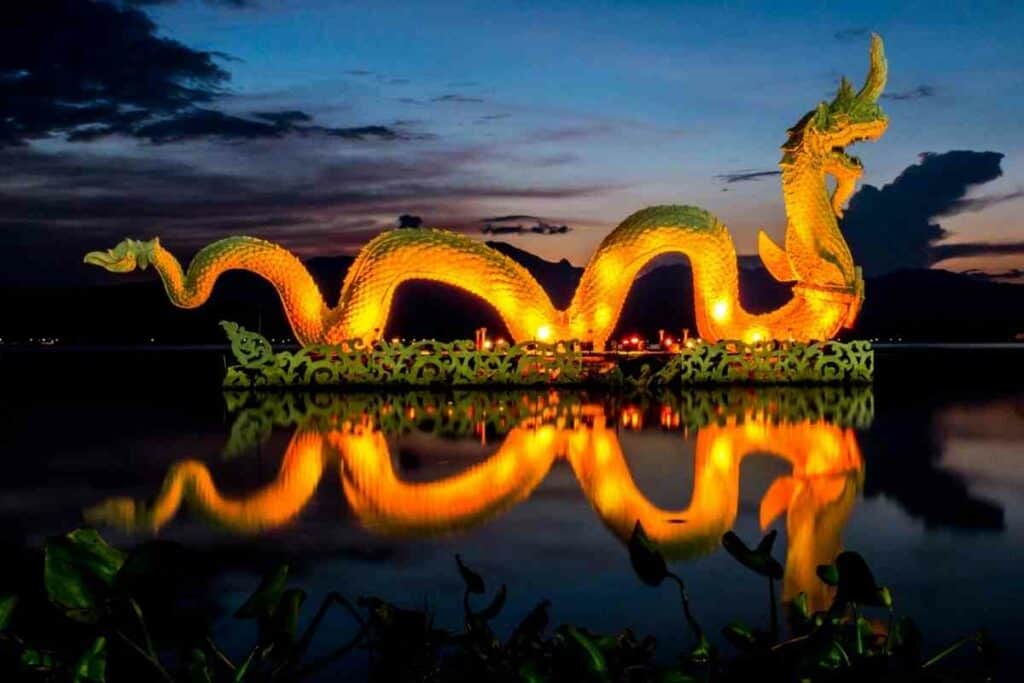
Shrines and temples are built to honor them, with monks performing rituals to appease them.
Famous Japanese dragons are linked to rain and the sea. They represent success and abundance by having complete power over a bountiful harvest.
Besides signifying plenty, Japanese dragons depict many more beliefs and myths.
Myths about Japanese dragons
Japanese dragons are portrayed differently from Chinese and Indian dragons in artistic illustrations.
For Example – They have a snake-like appearance and do not have wings, although they can fly. They also have body scales and long spines, which is not evident in the other two.
Known as Nihon no Ryu, meaning dragon in Japanese, these creatures have varying mythological meanings or beliefs among the people.
They include the following.
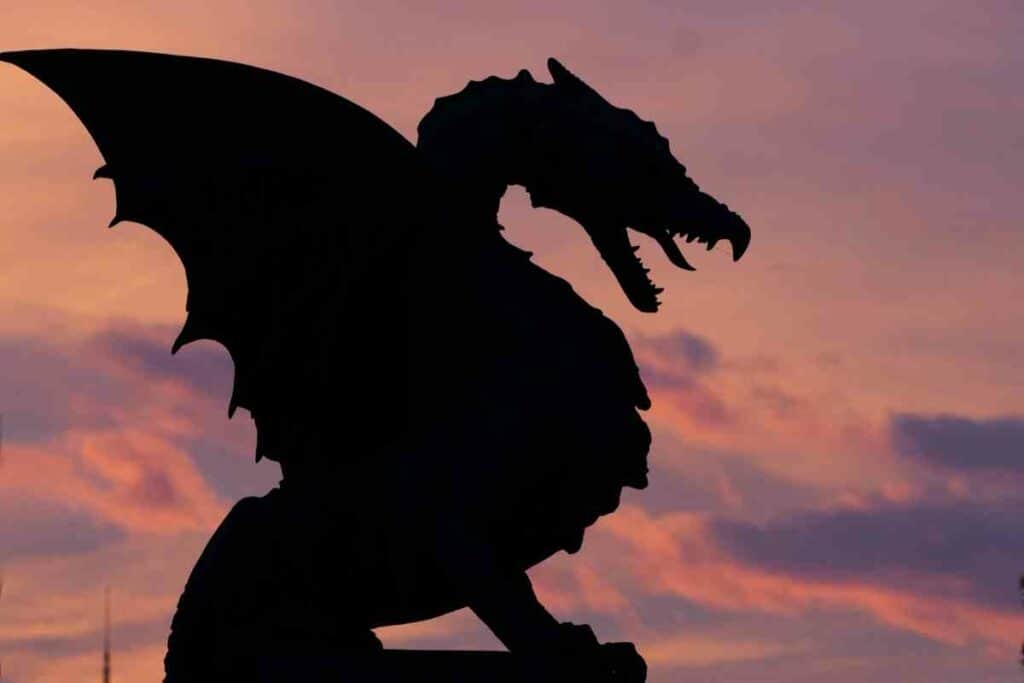
Dragons have an ancestral relation to the first emperor of Japan
The Japanese believe dragons symbolize integrity, nobility, strength, and status, similar to the first emperor, the renowned Emperor Jimmu.
He was a descendant of princess Toyotama-hime, daughter of the dragon god, Ryujin.
The legend says she was able to change into human form and conceive a child with a hunter. Emperor Jimmu was the son of one of her four sons.
Dragons can transform into humans for procreation
It is a myth among the Japanese that dragons can alter their form into any size of being.
These creatures, therefore, represent the powers of :
- magic
- metamorphosis
- and changeability
Moreover, one is said to be unable to see them in their proper form or nature, further creating the myth around their reality.
As a result, Japanese people believe they got their first ruler through this transformation.
Dragons are linked with Benzaiten, a Japanese Buddhist goddess
Japanese dragons also symbolize intelligence, understanding, music, and flowy things.
For example, Benzaiten is a Buddhist goddess said to be a daughter of a dragon king of Munetsuchi.
The Japanese Buddhist monk who wrote about her was known as Kokei. She is illustrated in art riding a sea dragon and has a shrine dedicated to her at Enoshima Island.
Her symbols signify water, the sea, and all things that flow, as is associated with Japanese dragons.
Dragons are protectors of Buddha
These creatures are believed to signify safety, assurance, and the laws of Buddhism.
For example, legend talks about a dragon with seven heads that protected the Buddha from strong winds and rain for a week.
The dragon saw his light as he meditated near a lake, and it came to land. Buddha was elated that it began raining non-stop; hence the dragon shielded him using his seven heads.
Furthermore, the creature promised to protect Buddhist laws with that land.
So Today – You will find dragon statues and images in Buddhist shrines and temples in honor of that promise.
Dragons are providers of yin-yang energy
Illustrated using art, the image of a dragon alongside a Japanese woman signifies the yang of virility, endeavor, innovation, matrimony, and guidance.
They are rivals to the phoenix, which portrays femininity.
Nevertheless, if the two unite, their union is one of marital bliss and ultimate balance.
Dragons hold a jewel or gem in their claw
Legend says that an image of a dragon holding a jewel or gem in its claw symbolizes riches, victory, and luxury.
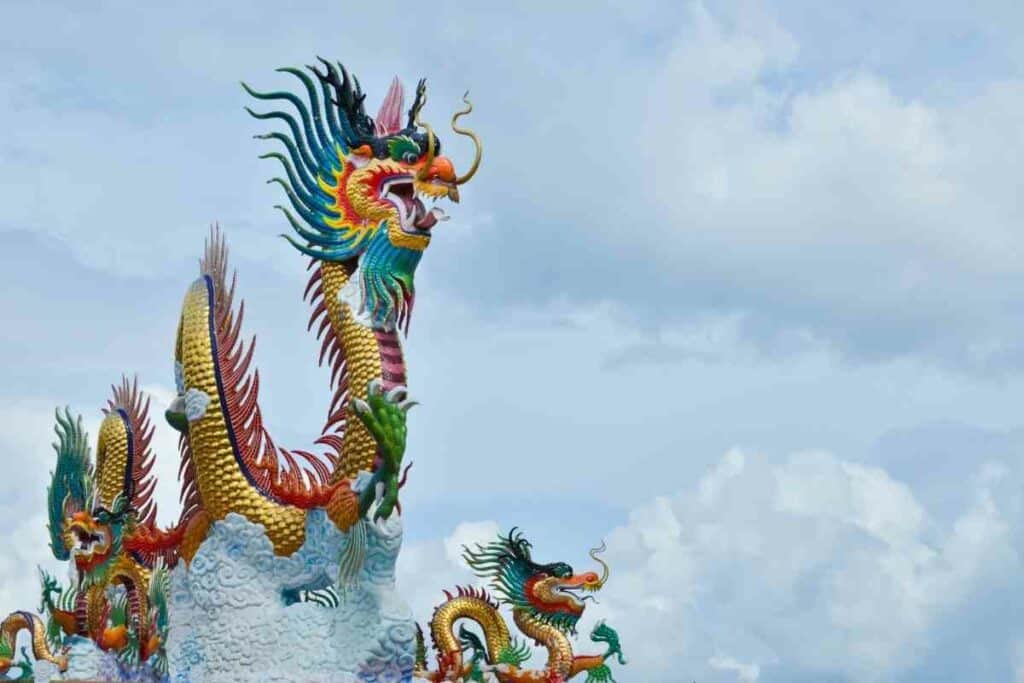
Therefore, Japanese believers keep it on the left side of their homes to attract success.
The dragon is also said to control the wind and water and has control over a bounty harvest.
Depiction of Japanese dragons in movies and books
In Japanese movies and books, dragon illustrations and drawings are usually elaborate to depict their significance to the people.
Therefore, it is common to find these creatures as part of the main character’s story, friends, or enemies in manga and anime.
They possess extraordinary powers and abilities, similar to those that legend has upheld for centuries.
As Dragons Are Known – Japanese Tatsu or Ryu first appeared in Japanese mythology in the 6th century. However, their mystical powers and abilities remain a mystery despite them being a positive symbol among the people.
List of famous Japanese dragons
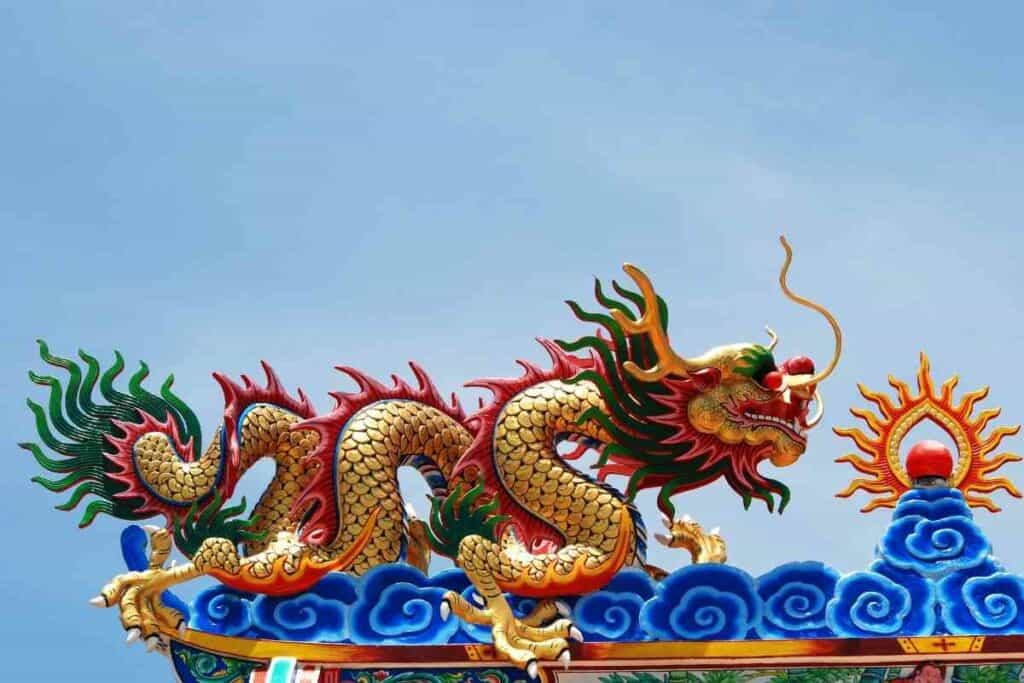
Some of the famous Japanese dragons you will find in films, books, myths, art, and tattoos are the following.
Benten
Also referred to as Benzaiten, she is the Buddhist goddess of literature, music, femininity, and wealth.
She rides a sea dragon as she is associated with the sea. In Japan, you will find her shrines near water bodies.
Mizuchi
Mizuchi is a river or water dragon that resided in the Kawashima River. In illustrations, he is hornless with four legs.
Legend has it that he spewed venom on people who passed near the river, killing them.
One day, an ancestor of the Kasa no omi clan, Agatamori, challenged him.
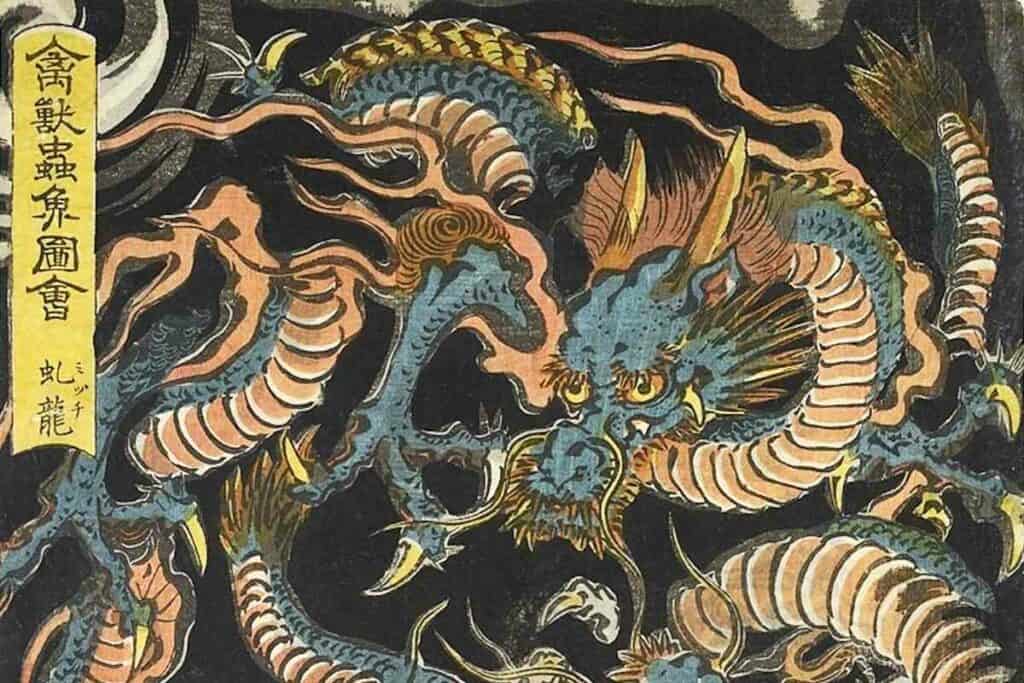
Agatamori floated three calabashes on the river’s water surface and challenged Mizuchi to sink them, or he would kill him.
Mizuchi attempted everything, including morphing into a deer but failed.
So, Agamatori killed him with all other river dragons until the river turned red, now known as the pool of Agamatori.
Kiyohime
Kiyo is the princess of purity and was the daughter of Shoji, a village elder whose village hosted traveling priests.
She shared her endearment with one of the priests, who rejected her.
Then, with a broken heart full of rage, she turned into a dragon while pursuing him across a river.
She eventually killed him with fire in a temple he had sought protection.
Toyotama Hime
Known as a jewel princess, Toyotama Hime was a descendant of Ryujin or Watatsumi.
She is the grandmother of Japan’s first emperor, Jimmu.
She is said to have human form but changed to a dragon after her child’s birth.
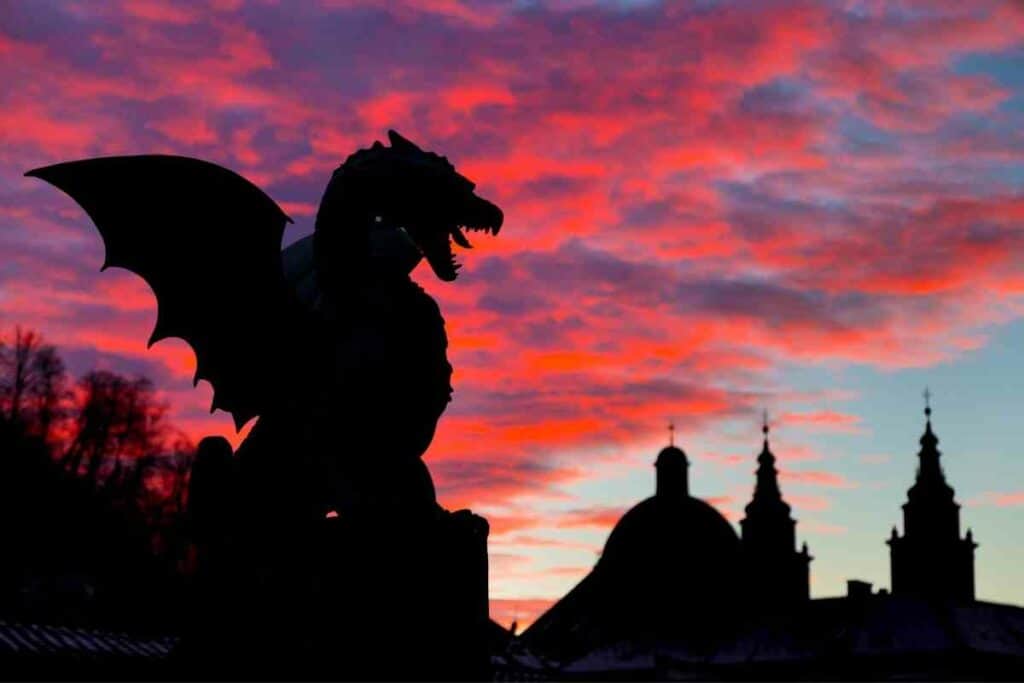
Azure
According to Japanese myth, the Azure was the protector of the eastern part of Kyoto.
He is blue, and hundreds of Temples are built to honor him, including the Kiyomizu temple.
A celebratory ceremony is held annually in the temple to worship him.
Ogoncho
Ogoncho is a white dragon who resided in a deep pool called Ukisima in Yamashiro, near Kyoto.
Legend says he was able to transform into a golden bird every five decades. However, people considered his bird call a bad omen as it signified famine.
Otohime
Otohime is the dragon princess and a protector of all seas of Japan.
She has an ethereal beauty and is the daughter of Ryujin, the god of the seas.
Like Her Father – She can shape-shift to human form as she pleases.
Legend says she married Hoori, the son of the protectors of heaven, and had a son. She turned into a dragon during her son’s birth.
Zenyo
Zenyo is the rain dragon.
The Buddhists believe that a 9th-century priest in Kyoto called on him until he appeared.
He is half human with a dragon tail and is responsible for bringing rain for a bountiful crop harvest.
Pictures and sculptures of Zenyo are familiar in most temples and shrines as he is a caring dragon.
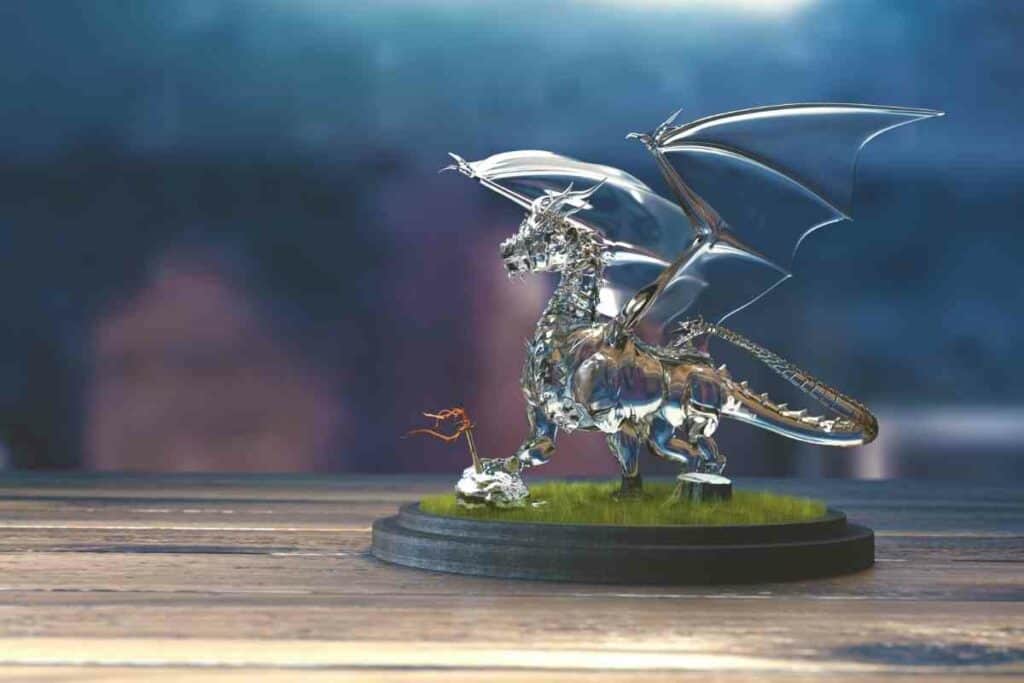
Kuraokami
Kuraokami is a god of nature, the god of snow and rain, popular in Shinto temples.
Kura, meaning dark, implies the heavy rain clouds just before it pours.
According to Japanese mythology, Kuraokami came from three parts.
When Izanami, his mother, died while giving birth, the brother, filled with fury, took his newborn nephew and cut him into three parts.
One was the fire god responsible for the brother’s death, producing three dragons. Kuraokami is a part of the three dragons as the god of rain.
Nure-onna
Nure-onna is a dragon with a woman’s head and the tail of a snake.
She resided in water and was often found on the shores luring and killing people.
She is a common myth in all of Japan, especially in Nagasaki.
She has long black hair and uses it to deceive people that she is a woman drowning. Then, she drags you under the water to drown if you attempt to save her.
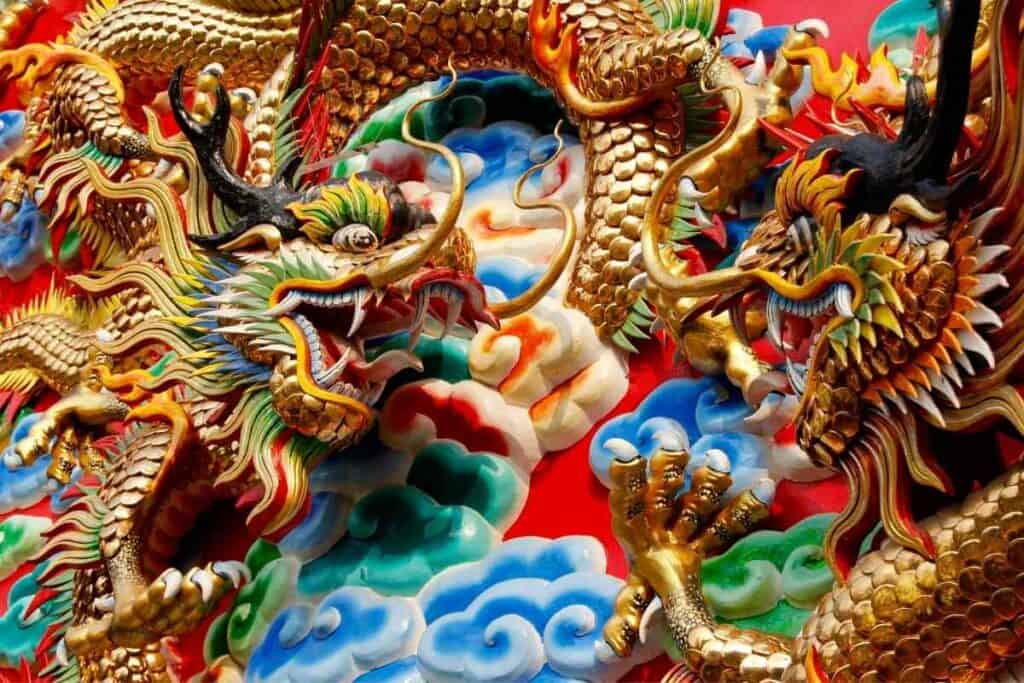
Watatsumi or Ryujin
Ryujin is a dragon god, the protector of all seas in Japan.
He is calm unless provoked and can transform into human form as he wishes.
Japanese legends say that he lived in the water, in a palace made of white and red corals with precious jewels as decorations.
All sea creatures were his servants, and he was a guardian of the Shinto.
The Yasaka temple honors him because a legend says that one of his gems helped the Japanese Empress Jingu conquer Korea.
Yamata no Orochi
Yamata no Orochi is the first mythical Japanese dragon with eight heads and eight tails and looks like a giant half snake half dragon.
Legends Say – All eight heads represent a natural element, earth, fire, wind, darkness, light, thunder, poison, and water.
He has large red eyes and is humongous in size, residing in the mountains.
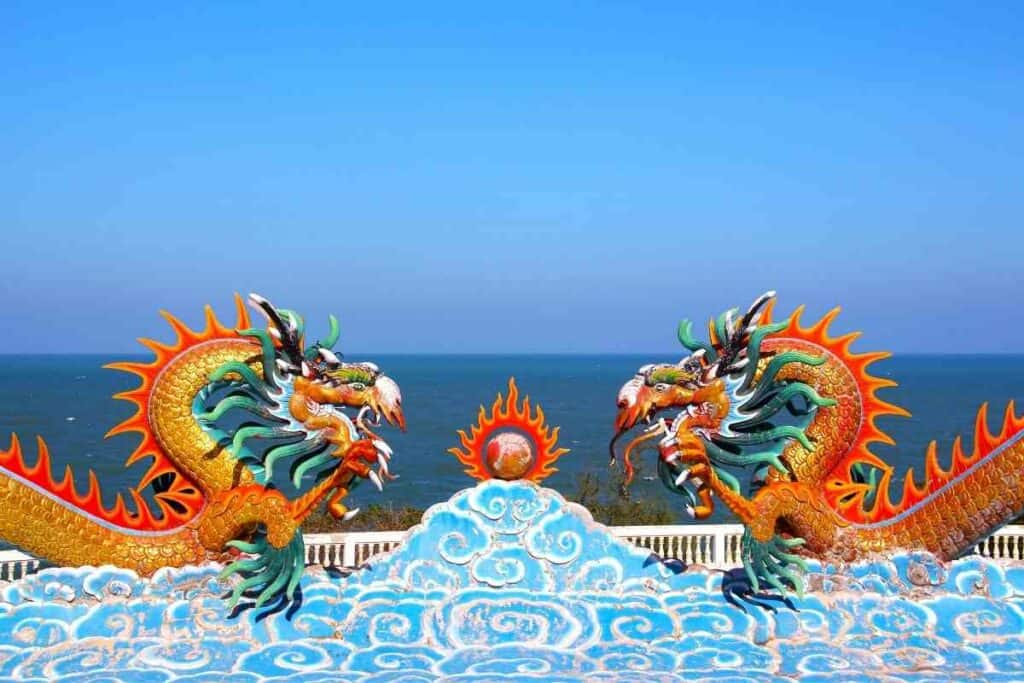
Uwibami
Uwibami is a giant dragon-like serpent that can fly.
It was so fearsome that during the 12th century, one picked and ate knights riding on horseback in Settsu province.
It was later hunted down and killed by a hero, Heita Tanegara.
Conclusion
The folklore and mythology surrounding Japanese dragons are essential to the culture.
It represents strength, protection, and good fortune.
So it’s no wonder modern films, books, artistic impressions, and video games feature these creatures.
Temples and shrines also honor them, upholding their significance to Japan and its people.
- 12 Things Tourists Should NEVER Say in Japan
- Kissing Robot: Exploring the Popularity of the Chinese Kissing App
- Unlocking the Secret Dating Rituals Only Locals Know in Japan
- Samurai Armor: Ancient Protection for Japan’s Elite Warriors
- 10 Amazing Facts About Schools in Japan: Unique Traditions and Educational Practices
- Where can you see snow monkeys in Japan: Best locations and viewing tips




